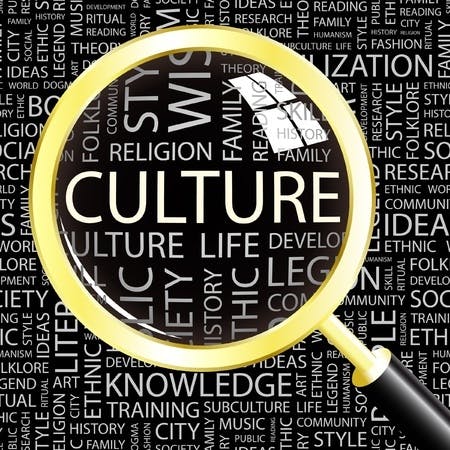More and more is written these days about the best ways to interact with each other in the workplace.
And more and more, very different camps are forming and battle lines being drawn to convince you which techniques and tactics are superior.
- In one camp are what I call the brutal realists. These are the folks that are proud of cutthroat cultures and believe in the inherent, zero-sum competition of business. They praise things like radical candor, tournament based policies, and Darwinian cultures to improve performance.
- In the other camp are the humane realists, and they have taken a very different stance. These folks see the workplace as a place to come together, collaborate, and win by supporting those around them. They favor approaches to the workplace that center on gratitude, compassion, and empathy.
How many fall into one of these two camps?
I imagine you already have in your head a clear picture of each of these very different work scenarios, and also an evaluation of which one you believe is superior. That evaluation is probably reflective of your own personal style, which no amount of research on the efficacy of the opposite approach could convince you to change.
It is probably also reflective of a long history of self-selection into contexts, organizations, and bosses that fit with your personal style. Can you imagine the discomfort and lack of fit for a brutal realist in a compassionate organization, or a humane realist in an ultra-competitive one?
Still, I wonder: How many organizations fall so neatly into either of these archetypes.
Clearly there are unique standouts that get media attention, but I suspect they are the exception rather than the rule. What about the organizations that occupy the middle of the spectrum, balancing a need to compete with a need to have coworkers successfully relate to one another?
A middle ground: Recognition realists
I would love to see more written about these cases and their guiding philosophies towards structuring the relationships among their workforce. What do they do that works, and are there any trends that characterize this middle of the pack?
Developing a culture of recognition realists can be one successful path to this middle ground.
These people believe in the power of recognition to address the humane aspects of the workplace, allowing coworkers to express appreciation and gratitude towards one another, strengthening social connections. They also believe in the power of recognition to address the competitive aspects of business, rewarding coworkers who achieve high performance and devote extraordinary effort while demonstrating corporate values.
A social recognition program can also be structured to reinforce a company’s existing culture wherever it falls on the spectrum, providing emphasis on those culturally valuable aspects of interaction between employees.
Positive feedback and coaching on performance, building collaborative relationships, or any other value that lends competitive advantage can be included into the process of providing recognition.
Where does your organization fall on the spectrum and how does that equate to success?
